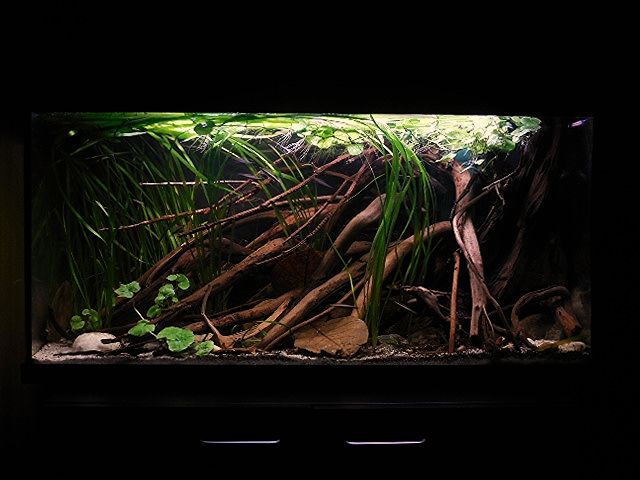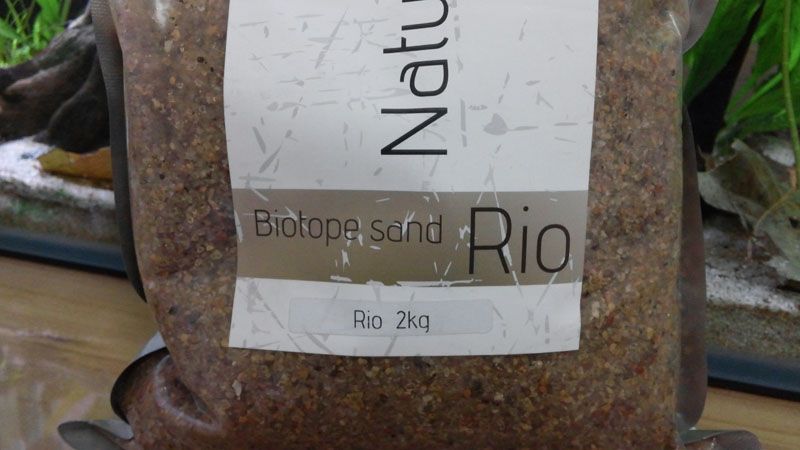skoram
Active Member
- Messages
- 135
I have a few questions with regards to a breeding tank I would let to set up for a pair of A. uapesi:
1. Is there a minimum size for a breeding tank? I know this is generally a bad question to ask (and will provoke some strong negative responses on some sites), but I prefer a smaller tank as I will likely have to use purchased distilled/RO water, because homes in South Korea are tiny, and because the size of the tank is inversely proportional to how upset my wife will be when she sees it. The tank will also only house the fish temporarily.
2. Does the color of the substrate matter? I am leaning towards using the same sand used in their current tank, which is bright colored, but if a dark colored substrate will make the fish feel more comfortable, then that is what I will use.
3. Alternatively, are there any drawbacks to using soil as a substrate for a breeding tank? I ask because there are some soils which are rich in humic and fulvic acids which can help to lower the pH of the water.
4. Lastly, as I understand plants are not a common feature in wild, blackwater habitat of A. uapesi. Therefore, should my breeding tank be devoid of vegetation aside from java moss, or could it be helpful to add other plants as well (those that can survive in low pH, at any rate)?
1. Is there a minimum size for a breeding tank? I know this is generally a bad question to ask (and will provoke some strong negative responses on some sites), but I prefer a smaller tank as I will likely have to use purchased distilled/RO water, because homes in South Korea are tiny, and because the size of the tank is inversely proportional to how upset my wife will be when she sees it. The tank will also only house the fish temporarily.
2. Does the color of the substrate matter? I am leaning towards using the same sand used in their current tank, which is bright colored, but if a dark colored substrate will make the fish feel more comfortable, then that is what I will use.
3. Alternatively, are there any drawbacks to using soil as a substrate for a breeding tank? I ask because there are some soils which are rich in humic and fulvic acids which can help to lower the pH of the water.
4. Lastly, as I understand plants are not a common feature in wild, blackwater habitat of A. uapesi. Therefore, should my breeding tank be devoid of vegetation aside from java moss, or could it be helpful to add other plants as well (those that can survive in low pH, at any rate)?


